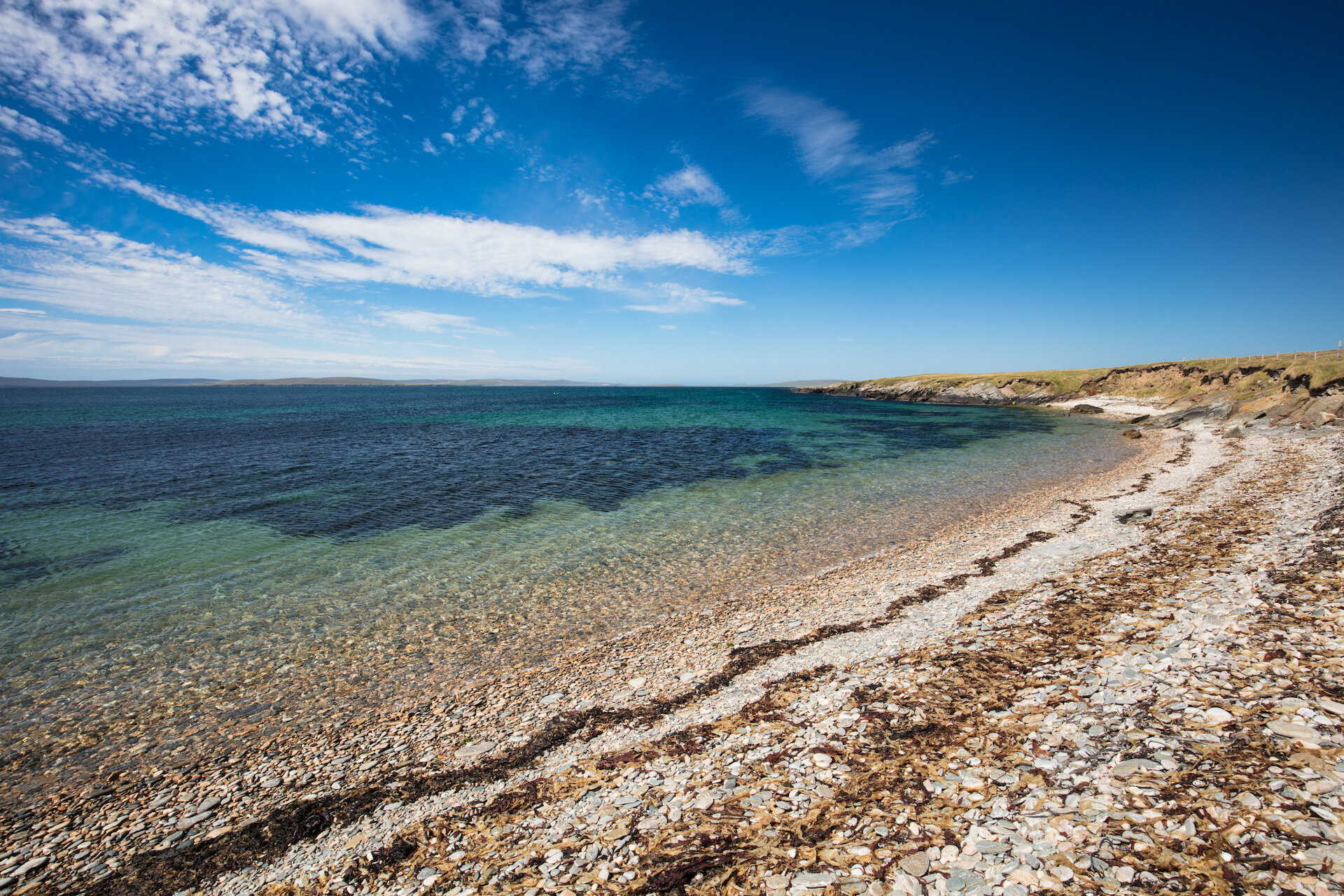A quick introduction
The name Fetlar means 'the island of the fat land' in Old Norse and its rich grazings and fertile soils were a prime attraction even before the Vikings colonised it 1,200 years ago. Local tradition says Gruting in Fetlar was the site of the first Norse landing in Shetland – although Haroldswick in Unst may dispute this! What is certain is that Fetlar has been inhabited for at least 5,000 years.
There's evidence of settlements from different periods at various points on the island. Examples include the Haltadans stone circle (probably from the early Bronze Age), Neolithic cairns on Vord hill, 'Da Giants Grave' - a Viking boat burial, which featured on TV's 'Time Team', and the more recent Brough Lodge, a current restoration project.
How to get to Fetlar
Car ferries run between Yell, Unst and Hamars Ness in Fetlar and are operated by Shetland Islands Council. Check the Ferry Services website for the latest timetables and how to book.
If you don't have your own transport, there is a bus service in Fetlar from Funzie to/from Hamars Ness mornings and late afternoons.
Where to stay
If you choose to stay on the isle for a few nights, Fetlar Lodge and The Peerie House is available for holiday lets. You can also find more accommodation options in Fetlar and on its neighbouring islands on the Shetland Visitor website. Wild campers are also welcome but please seek permission from the landowner first.



